Weed control is an essential part of farming. Every year we learn more about weed control using best farming practices. Some weeds are difficult to manage, hard to control and impossible to eradicate. These weeds can look stunning, but they can do real damage to our crops.
The four weeds in these photos in order of appearance are:
Jimsonweed which is highly toxic when touched or ingested.
Bindweed which flourishes in our lawns and fields.
Thistles that line the edges of our fields and cause #IamMurray great grief.
Black Bindweed which has completely strangled the potato plant in the picture.
You can visit “The Flowers Of Our Farm” to see some gorgeous flowers on our crops.
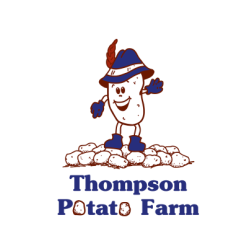



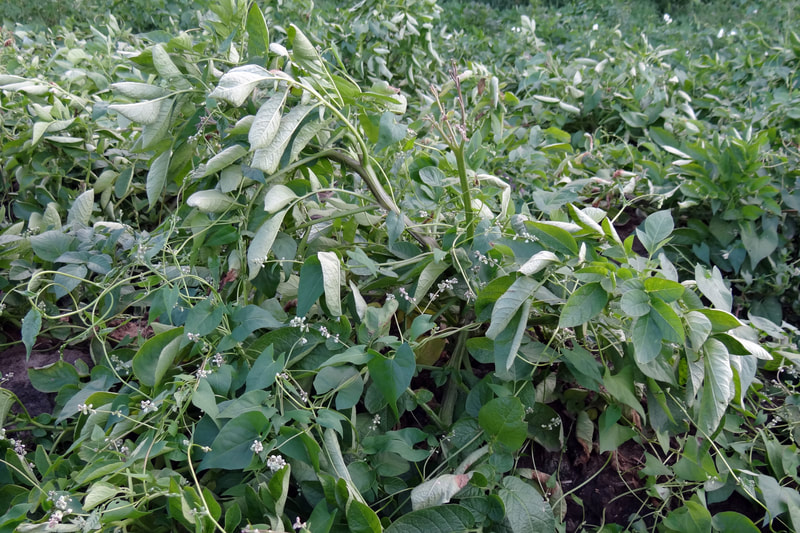
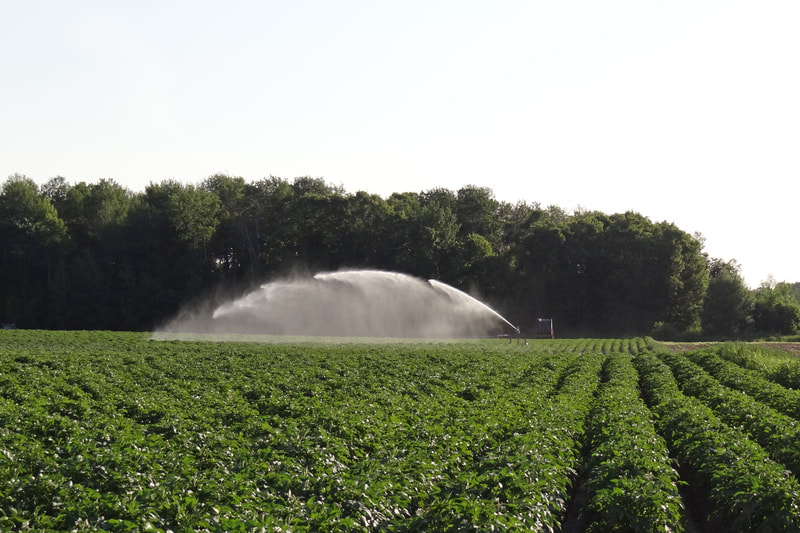
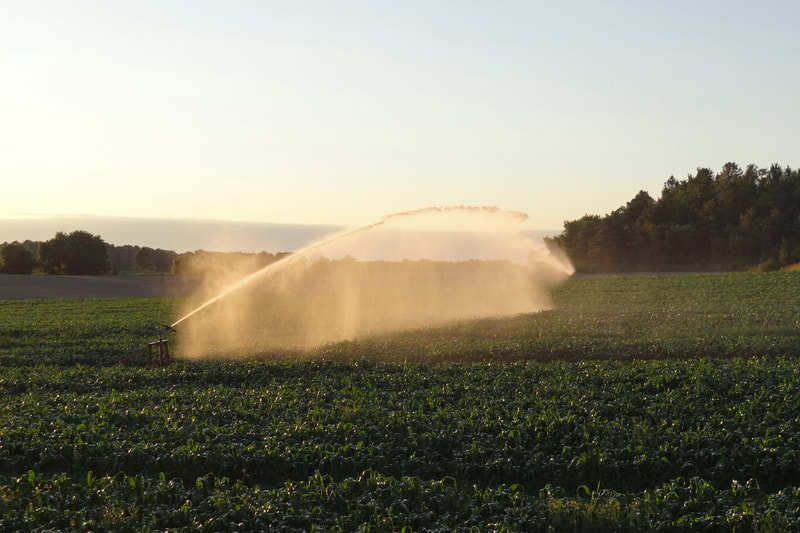
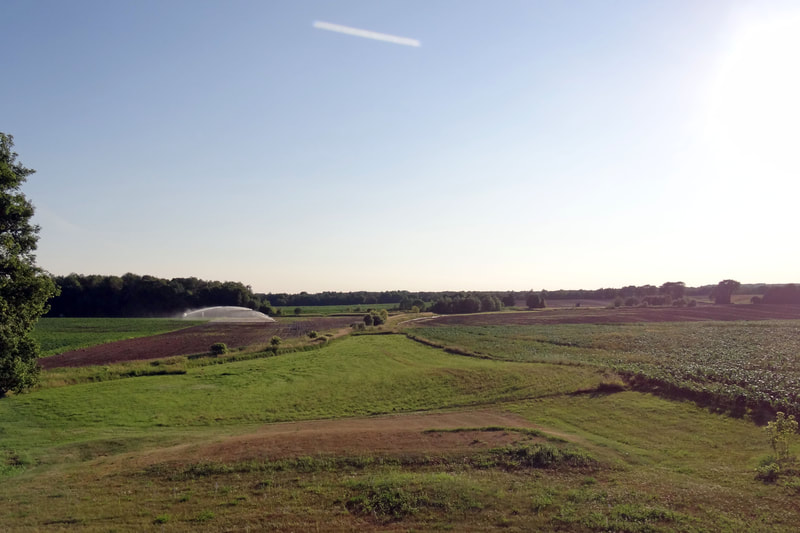
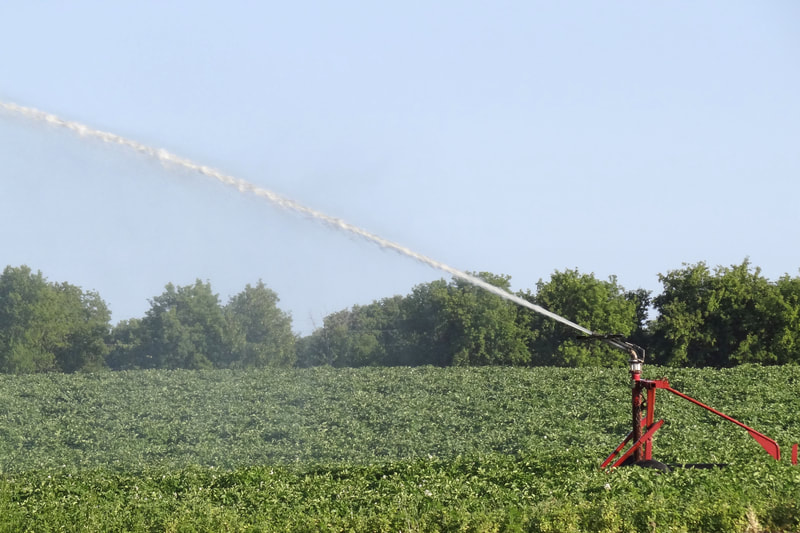
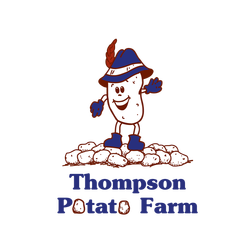
 RSS Feed
RSS Feed




